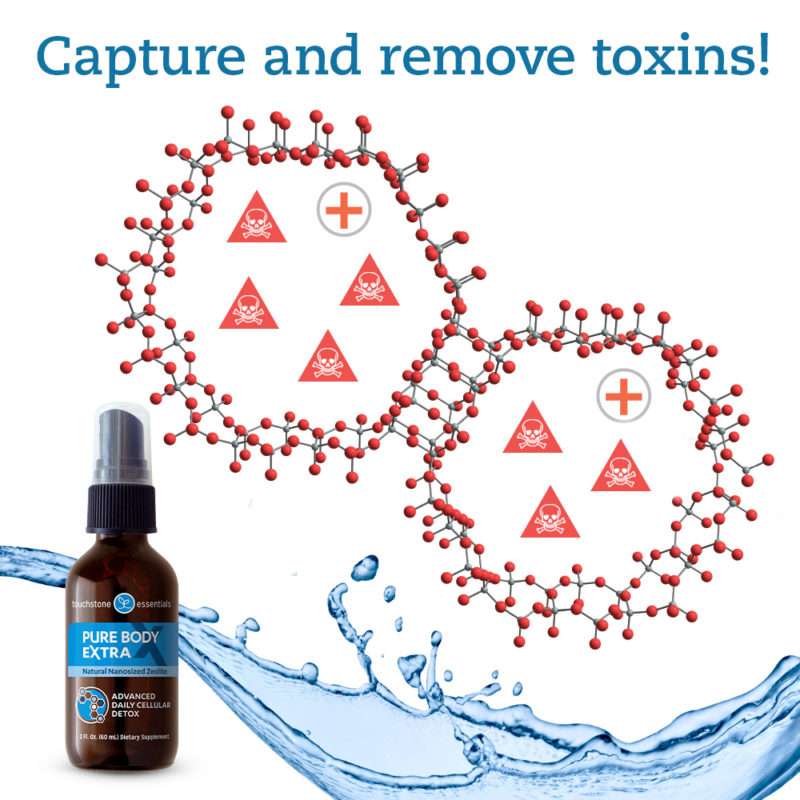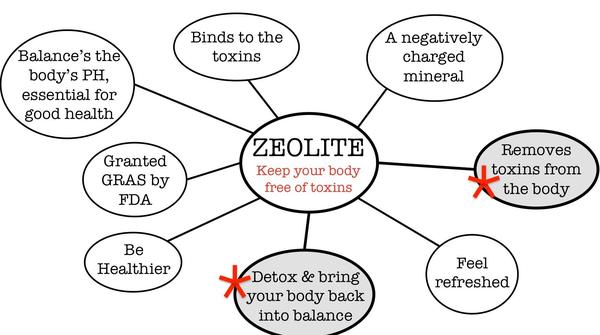Table of Contents
Symptoms Of Graphene Oxide Toxicity
Graphene oxide (GO) is a form of graphene that has been oxidized to create a material with a wide range of applications. It is used in a variety of industries, from electronics to medical devices, and is becoming increasingly popular due to its unique properties. However, like any material, it can be toxic if not handled properly. In this article, we will discuss the symptoms of graphene oxide toxicity and how to avoid it.
What is Graphene Oxide?
Graphene oxide is a form of graphene that has been oxidized to create a material with a wide range of applications. It is composed of a single layer of carbon atoms arranged in a hexagonal lattice. The oxidation process creates oxygen-containing functional groups on the surface of the graphene, which gives it unique properties such as increased solubility and electrical conductivity.
What are the Symptoms of Graphene Oxide Toxicity?
The symptoms of graphene oxide toxicity depend on the route of exposure and the concentration of the material. Inhalation of graphene oxide can cause irritation of the eyes, nose, and throat, as well as coughing and difficulty breathing. Skin contact with graphene oxide can cause redness, itching, and burning sensations. Ingestion of graphene oxide can cause nausea, vomiting, and abdominal pain.
How to Avoid Graphene Oxide Toxicity?
The best way to avoid graphene oxide toxicity is to take proper safety precautions when handling the material. It is important to wear protective clothing, such as gloves, goggles, and a face mask, when working with graphene oxide. It is also important to keep the material away from food and drink, and to avoid inhaling or ingesting it.
Conclusion
Graphene oxide is a versatile material with a wide range of applications, but it can be toxic if not handled properly. The symptoms of graphene oxide toxicity depend on the route of exposure and the concentration of the material. The best way to avoid graphene oxide toxicity is to take proper safety precautions when handling the material, such as wearing protective clothing and avoiding inhalation or ingestion. By following these safety measures, you can ensure that you are not exposed to the potentially harmful effects of graphene oxide.









